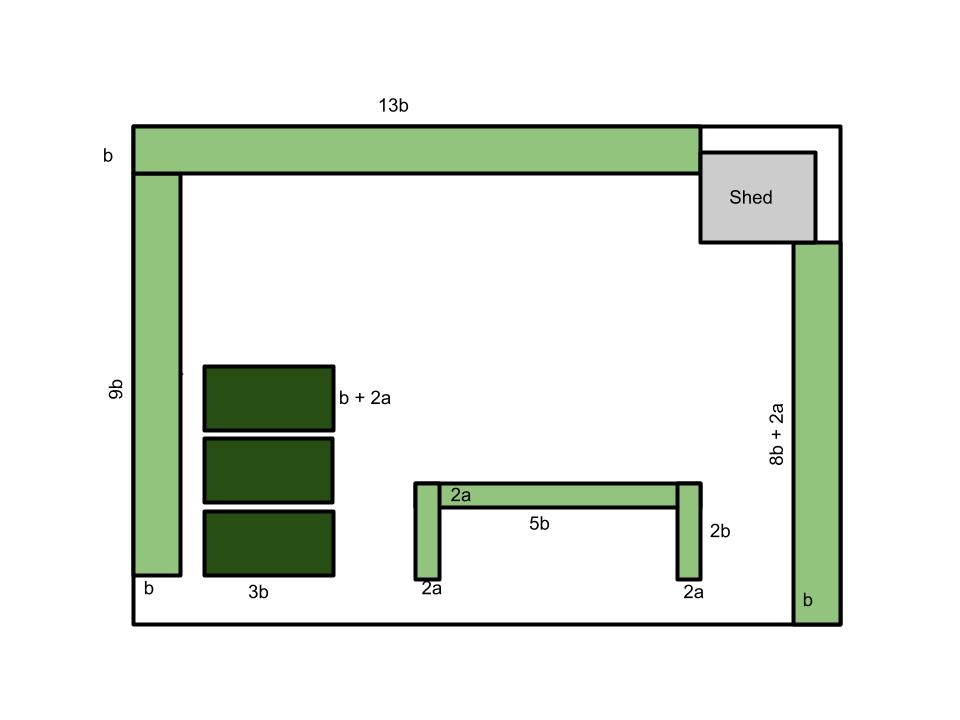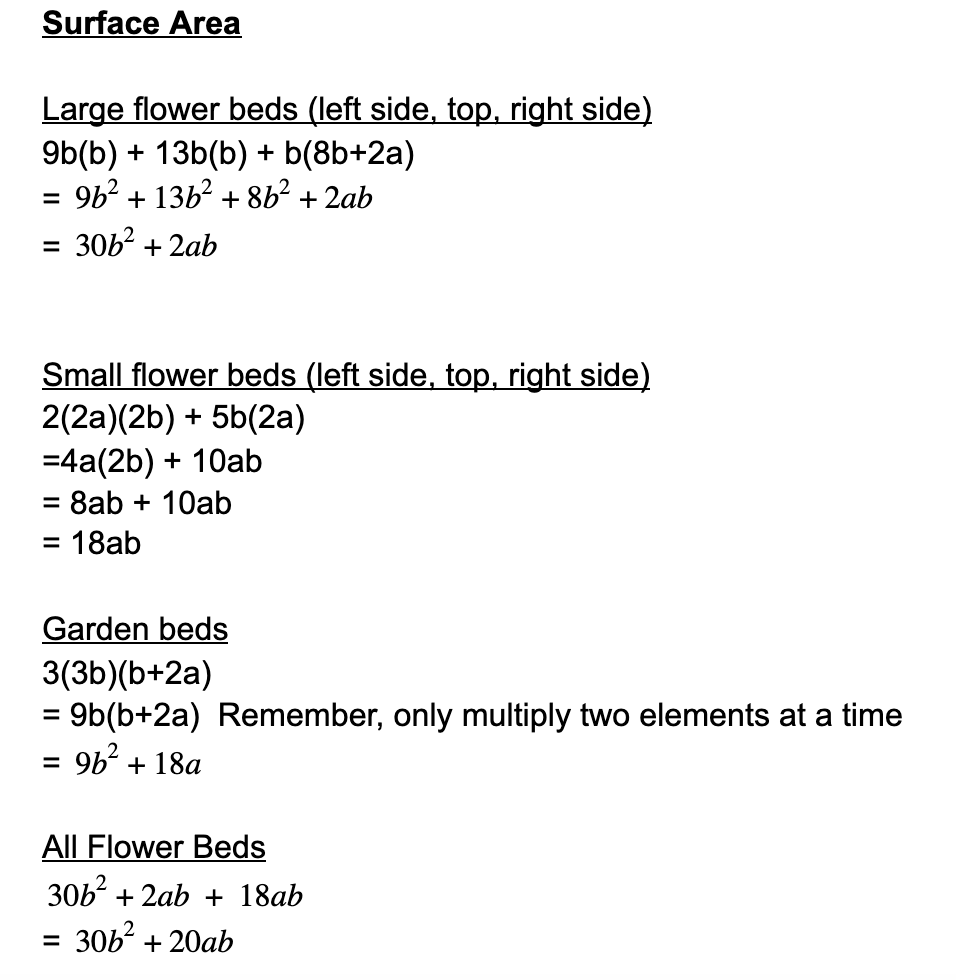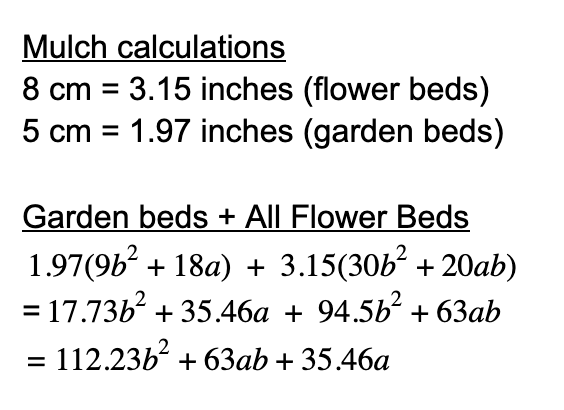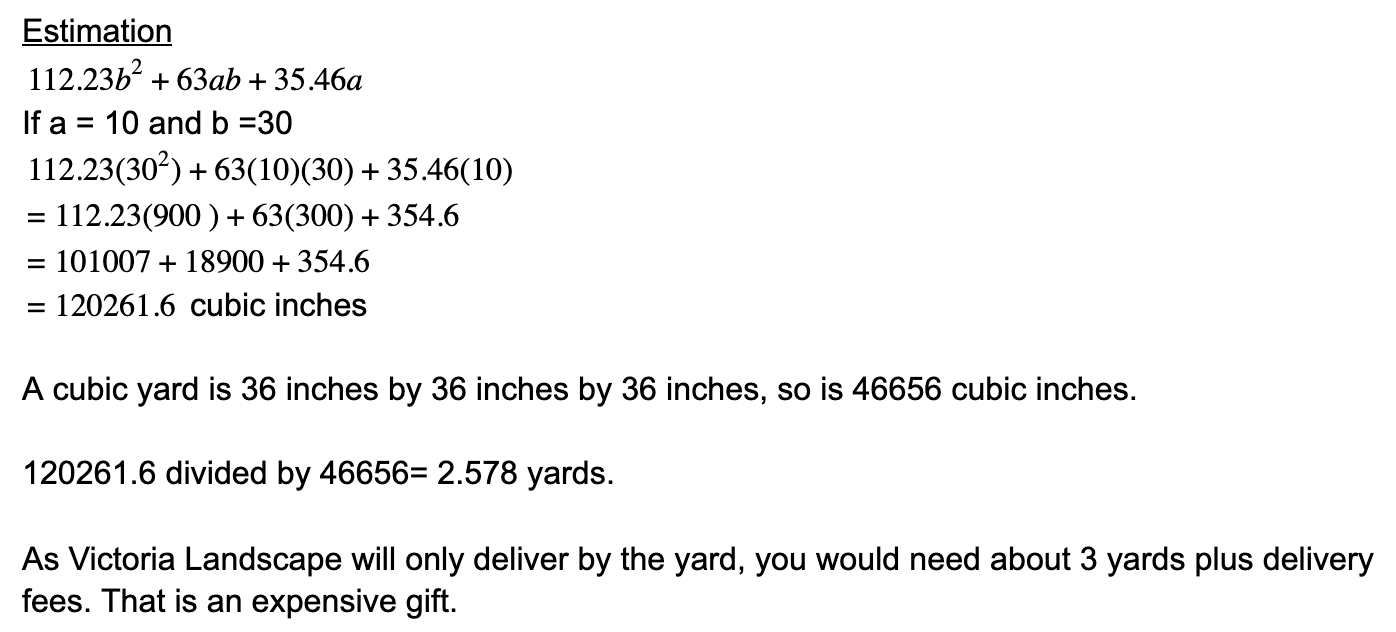
(approximately 5 minutes exploring the Geogebra app, 10 minutes reading and a 10 minute video)
Photo by Matt Bowden on Unsplash
Clicking on the following picture will take you to a Geogebra site where you will be able to interact with this Rollercoaster. Click on the box with a dot and the letter A to move the points and watch the equation change.
For an introduction to why polynomials are useful, read through this Prezi presentation [website]: click on the Play button on the slide at the top right of the screen. You have already been using polynomials in the previous set of tasks. In preparation for graphing polynomials, you need to understand how to simplify them. The combination of graphing simplified polynomials is the basis for solving many complex problems, which is illustrated beautifully in this youtube video including a clip from the movie Hidden Figures, with an introduction by Professor Alan Garfinkel and an interview with the real Katherine Johnson (watch at least 4 minutes of the 9:30 minute video. Note that although this is now done by computers, someone still has to program that computer to do the math.
02.03.01 What do I already know about polynomials?
- variable: letter that represents a number (eg. x, y, a, . . .)
- coefficients: the number that multiples the variable(s) (eg. 7 in 7xy)
- terms: variable(s) and coefficient separated by subtraction or addition and not within brackets
- constant: a term without a variable – just a number (such as 4 or -3)
- simplify: to reduce or condense a math statement to its lowest and/or shortest equivalent form
- expression: a math statement of numbers and possibly variables without an equals or inequality sign, which may require simplifying
- algebraic expression: any expression including variables
- equation: a math statement of numbers and possibly variables with an equals or inequality sign, which may require simplifying and requires solving
Test yourself using these flashcards [website].
02.03.02 What are polynomial expressions?
What is the definition of polynomial expressions?
Compare the following list of polynomial expressions and non-polynomial expressions and determine a definition for polynomial expressions. Check your definition against the provided definition under the “i”. (Note: the following interactive may take extra time to load.)
What is the degree of a polynomial expression?
Compare the following chart of polynomial expressions determine a definition for a polynomial expression degree. Check your definition against the provided definition under the “i”. (Note: the following interactive may take extra time to load.)
Why is knowing the degree important?
The degree determines the most number of solutions for that function which informs you how many times it will cross the x-axis when graphed.
Knowing the following definitions can also be helpful.
- leading term: the term containing the highest power of the variable or the term with the highest degree
- leading coefficient: the coefficient of the leading term.
- degree 0: a nonzero constant
- degree 1: a linear function
- degree 2: a quadratic function
- degree 3: a cubic function
- degree 4: quartic or biquadratic
Practice finding the degree of an expression on this website (8 questions).
If you are still unclear and want further explanation, read this website which explains how the graphs look.
02.03.03 How do I multiply polynomials like in the Geogebra introductory activity?
- Listen to the online videos and do the exercises in this Khan Academy unit. (approximately 40 minutes total)
- Read through this OwlCation [web page] article and do the exercises which includes the FOIL method and the grid method. (approximately 40 minutes total)
- Use this NCTM (National Council of Teachers of Mathematics) online interactive to multiply using Algebra Tiles. Click on the ‘Expand’ tab to practice multiplying polynomials. Click on the paper icon to change to a suitable question for your level of understanding. (approximately 40 minutes total – try to do 20 minutes at 2 different times)
- There are special products which can can be done traditionally, but can have a faster solution time if you understand them. Listen to the online videos and do the exercises in this Khan Academy unit. (approximately 20 minutes total)
- A good test of your understanding through 10 questions can be found at this MathBitsNotebook website. (approximately 20 minutes total)
- Further practice – create some examples for yourself and use this online polynomials calculator to check your work. (approximately 40 minutes total)
02.03.04 How do you calculate gardening needs?
 (approximately 2 minutes reading and 20 minute activity)
(approximately 2 minutes reading and 20 minute activity)
Hint 01 Initial Step
- calculate the surface area of flower beds and garden beds separately
Checkpoint 01: surface area calculations
 When calculating your mulch needs, convert your depth of mulch from cm to inches to start.
When calculating your mulch needs, convert your depth of mulch from cm to inches to start.
Checkpoint 02: volume calculations
 This is in cubic inches.You estimate the bat to be 30 inches long and the airplane to be 10 inches long. How many cubic yards of mulch do you need? Is that too much to pay for a Mother’s and Father’s Day combined gift for your parents?
This is in cubic inches.You estimate the bat to be 30 inches long and the airplane to be 10 inches long. How many cubic yards of mulch do you need? Is that too much to pay for a Mother’s and Father’s Day combined gift for your parents?
Checkpoint 03: estimated value

02.03.05 How would I do on a polynomial test?
For Teachers:



